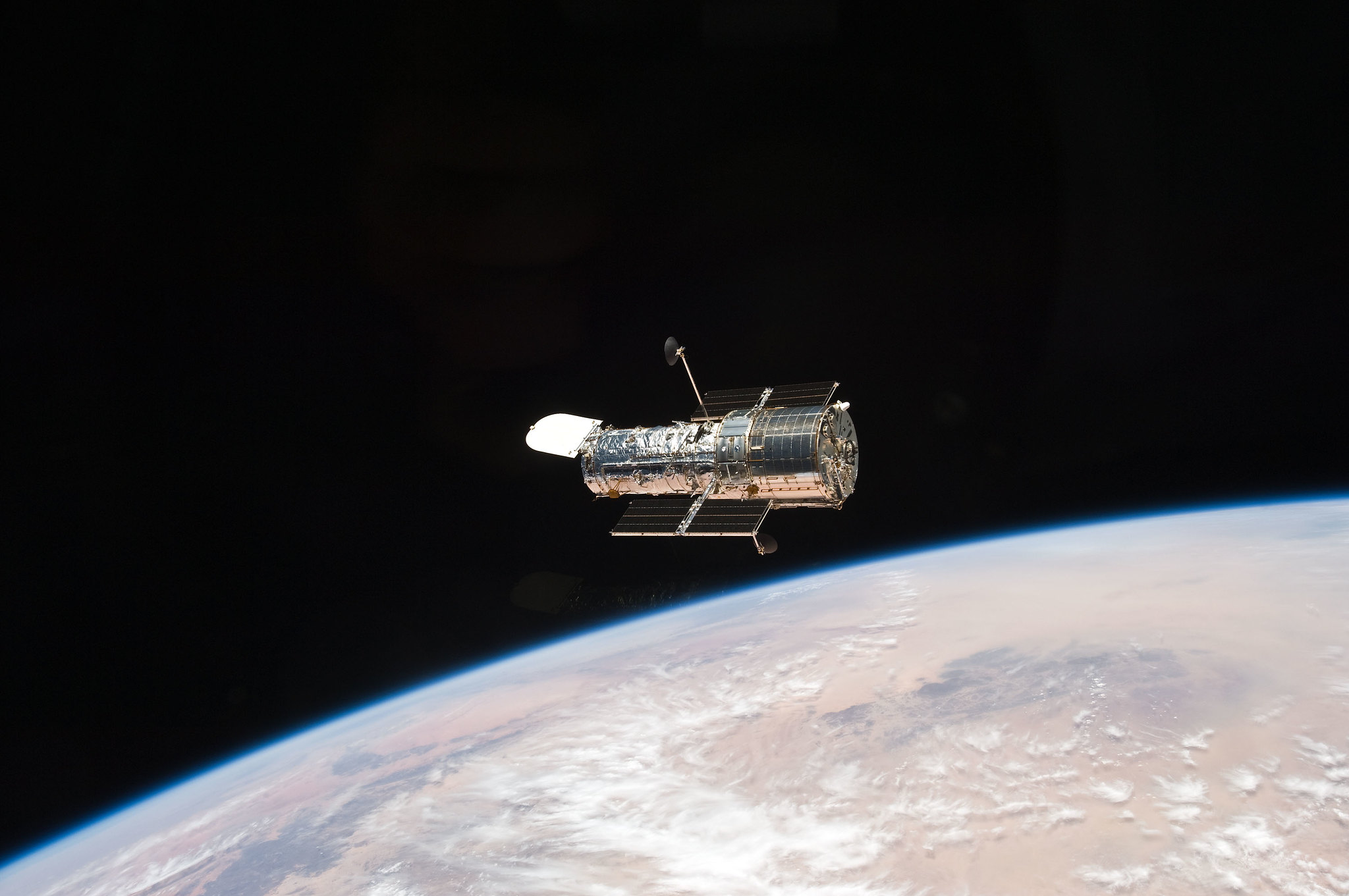
The Hubble Space Telescope is on the road back from its latest glitch, but it's not close to the finish line yet.
In late October, the famous observatory experienced a problem with the synchronization of its internal communications, which knocked all five of its science instruments offline. The Hubble team got one of those instruments, the Advanced Camera for Surveys (ACS), back up and running on Nov. 7, but the other four remain in a protective "safe mode."
Hubble's handlers continue to work to get those four operational as well, and they've made some progress recently. For example, during the past week, "the Hubble team has identified near-term changes that could be made to how the instruments monitor and respond to missed synchronization messages, as well as to how the payload computer monitors the instruments," NASA officials wrote in a Hubble update on Tuesday (Nov. 16).
Related: The best Hubble Space Telescope images of all time
"This would allow science operations to continue even if several missed messages occur," they added. "The team has also continued analyzing the instrument flight software to verify that all possible solutions would be safe for the instruments."
Over the coming week, the team will test the efficacy of these potential changes and start mapping out a recovery order for the four safe-mode instruments. It will probably take several weeks to complete this work for the first instrument chosen, whichever one that turns out to be, NASA officials said. So a full recovery for Hubble is not exactly just around the corner.
As this work proceeds, the Hubble team will also start trying to recover the Wide Field Camera 3 instrument with no new changes, as was done successfully with the ACS earlier this month, "as an interim and low-risk step toward resuming normal science operations," NASA officials wrote in Tuesday's update.
Get the Space.com Newsletter
Breaking space news, the latest updates on rocket launches, skywatching events and more!
Hubble launched to Earth orbit in April 1990. The famous scope has overcome a number of problems and challenges in its storied career — most famously, a flawed primary mirror, which was fixed by spacewalking astronauts in 1993. Astronauts repaired, maintained and upgraded the Hubble on four more servicing missions after that, the last of which occurred in 2009.
Hubble's five main science instruments today are the ACS, Wide Field Camera 3, Cosmic Origins Spectrograph, Space Telescope Imaging Spectrograph and the Near Infrared Camera and Multi-Object Spectrometer. The telescope's fine guidance sensors can, and sometimes do, make scientific observations as well.
Mike Wall is the author of "Out There" (Grand Central Publishing, 2018; illustrated by Karl Tate), a book about the search for alien life. Follow him on Twitter @michaeldwall. Follow us on Twitter @Spacedotcom or on Facebook.
Join our Space Forums to keep talking space on the latest missions, night sky and more! And if you have a news tip, correction or comment, let us know at: community@space.com.

Michael Wall is a Senior Space Writer with Space.com and joined the team in 2010. He primarily covers exoplanets, spaceflight and military space, but has been known to dabble in the space art beat. His book about the search for alien life, "Out There," was published on Nov. 13, 2018. Before becoming a science writer, Michael worked as a herpetologist and wildlife biologist. He has a Ph.D. in evolutionary biology from the University of Sydney, Australia, a bachelor's degree from the University of Arizona, and a graduate certificate in science writing from the University of California, Santa Cruz. To find out what his latest project is, you can follow Michael on Twitter.









